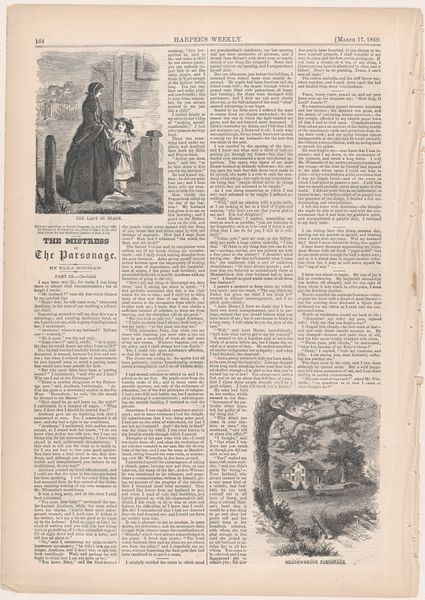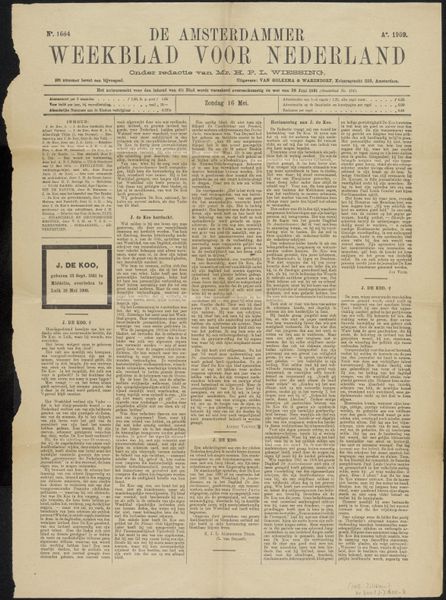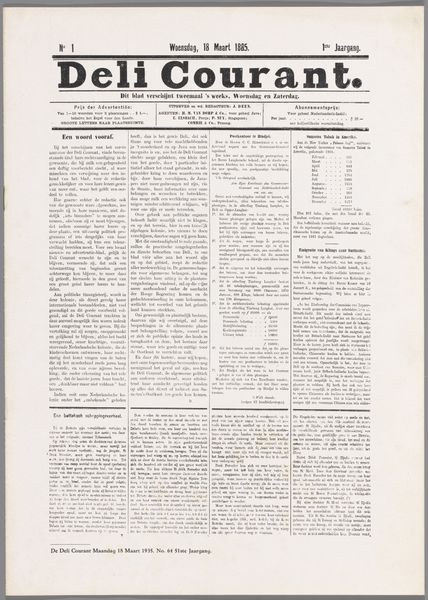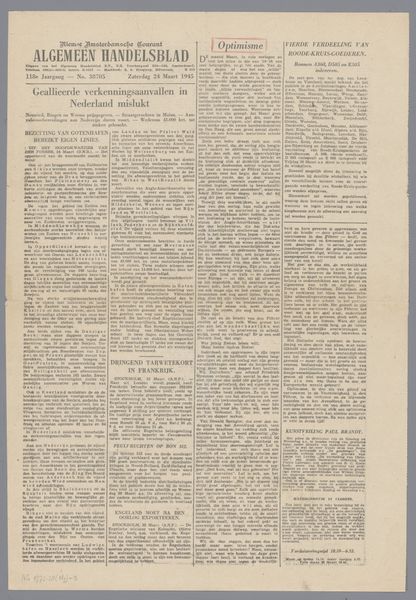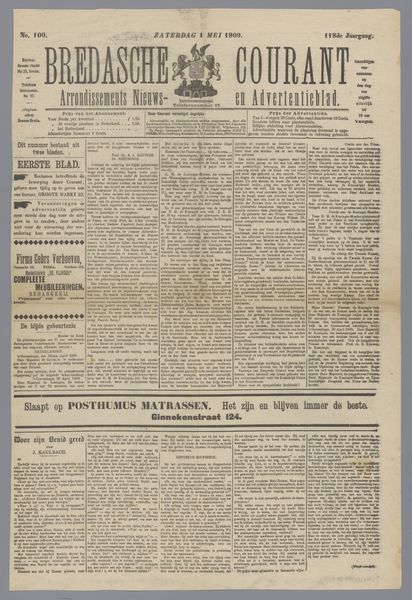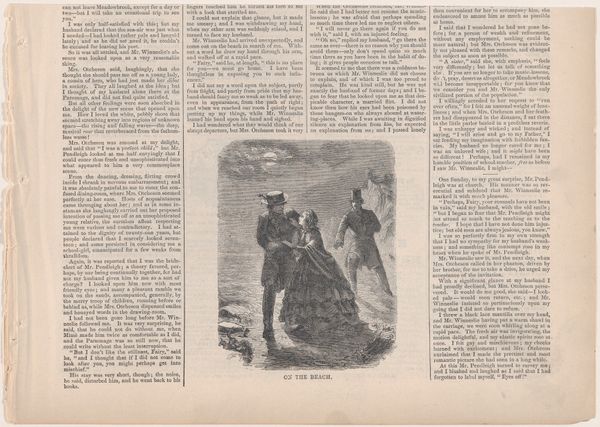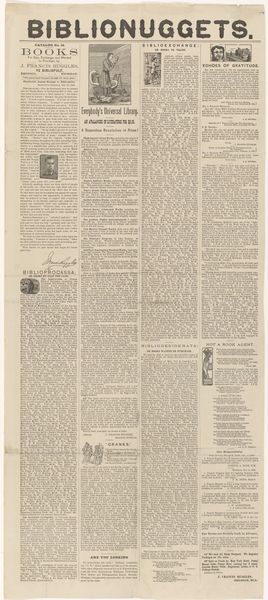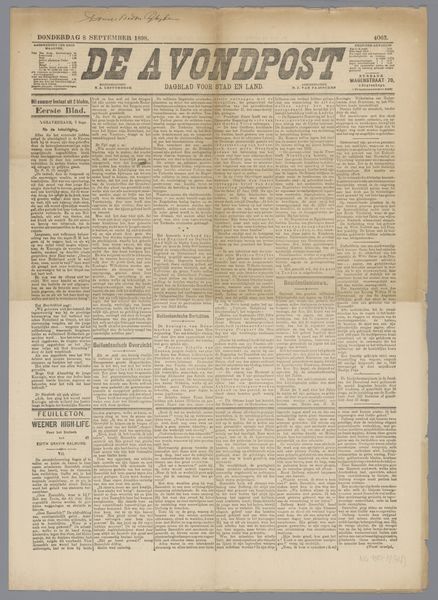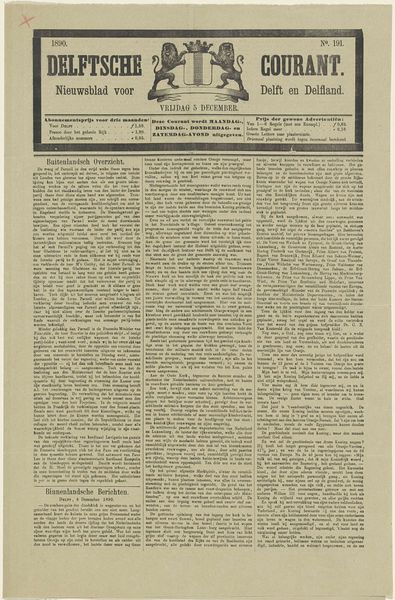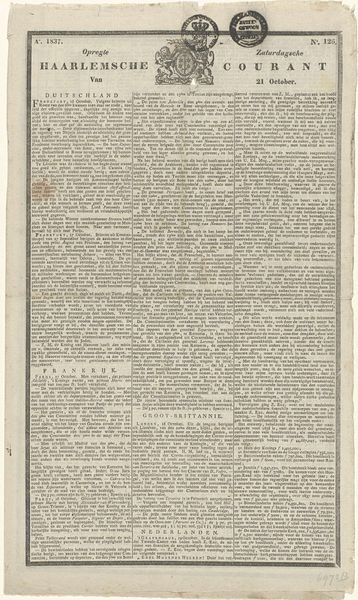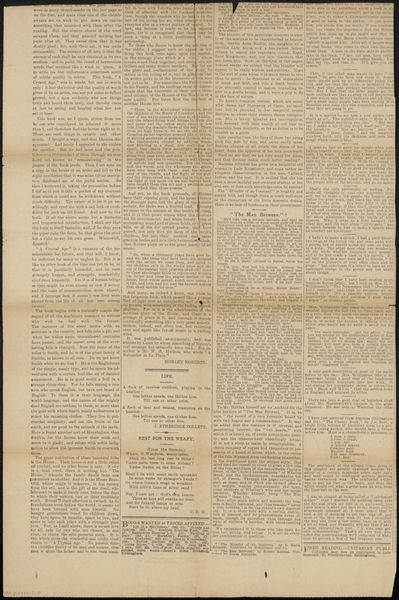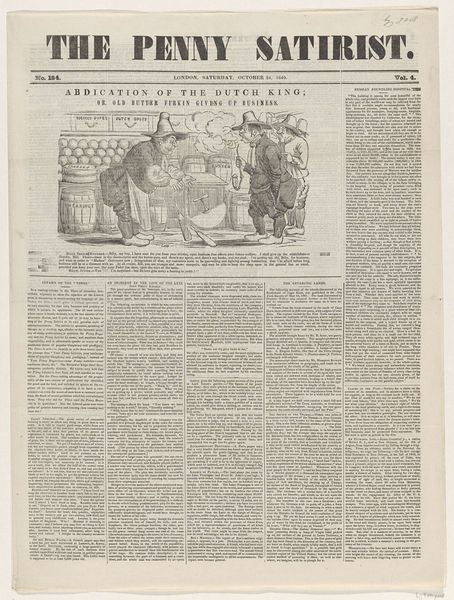
Mrs. Otcheson at the Piano, and The Buds (from "The Mistress of the Parsonage," in "Harper's Weekly") 1860
0:00
0:00
Dimensions: image: 4 3/8 x 3 1/2 in. (11.1 x 8.9 cm) image: 4 3/8 x 3 1/2 in. (11.1 x 8.9 cm) sheet: 16 x 11 1/4 in. (40.6 x 28.5 cm)
Copyright: Public Domain
Editor: This is "Mrs. Otcheson at the Piano, and The Buds," a print made by Winslow Homer in 1860. It's a detailed engraving on paper, split into two scenes, almost like panels from a story. The upper scene, showing a woman and girl by a piano, has a cozy, domestic feeling. What strikes you most about this piece? Curator: I'm immediately drawn to the contrasts—the intimate scene at the piano versus the outdoor encounter with "the buds." The piano itself is heavy with cultural associations. Music in this era was seen as a marker of refinement, particularly for women. Mrs. Otcheson, presumably, is performing this role of cultural gatekeeper. But for whom? Is it truly for the child, or is there an element of societal performance embedded here? Editor: That’s an interesting question. I hadn't considered the performance aspect. Curator: And look at "the buds"—the younger generation. What does their presentation, in a setting that has them engaging with a man, tell us? What symbols do you notice? Editor: The man is well dressed; so, too, are the ladies. It conveys status, clearly, and they look respectable, almost romantically innocent... Curator: Yes. Their position in a widely circulated publication suggests a conscious crafting of societal ideals and values. It seems like Homer gives us the symbols; it is up to us to engage in thoughtful and intentional conversations. Are we celebrating the "appropriate ways," or are there shadows or concerns that should be carefully unpacked in this period? Editor: It’s amazing how much a single image can hold when you consider the symbols and their context. It certainly prompts a different way of reading the image. Curator: Indeed, it transforms our understanding when we shift our focus towards understanding symbolic and cultural weights.
Comments
No comments
Be the first to comment and join the conversation on the ultimate creative platform.
